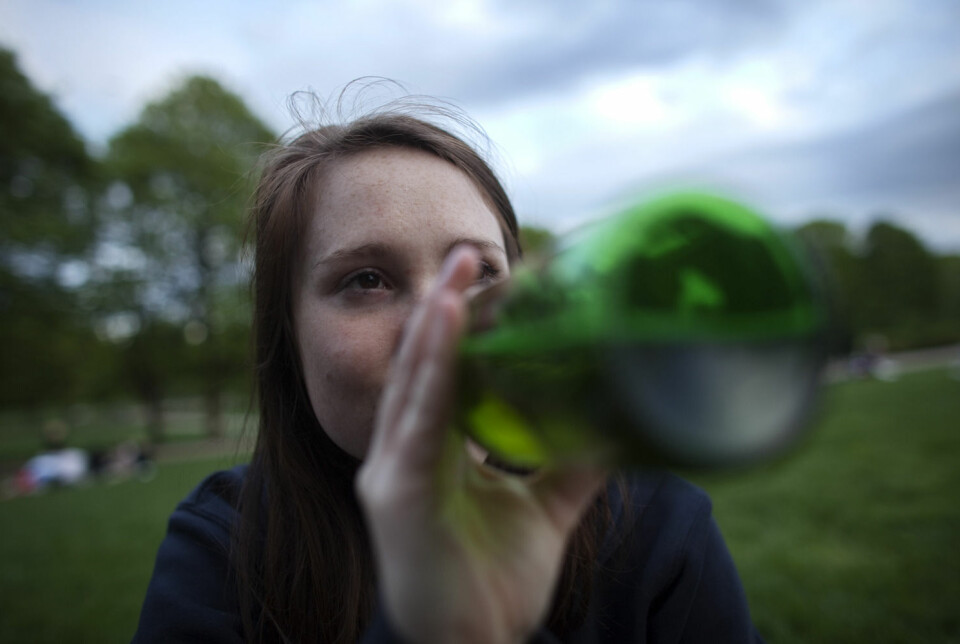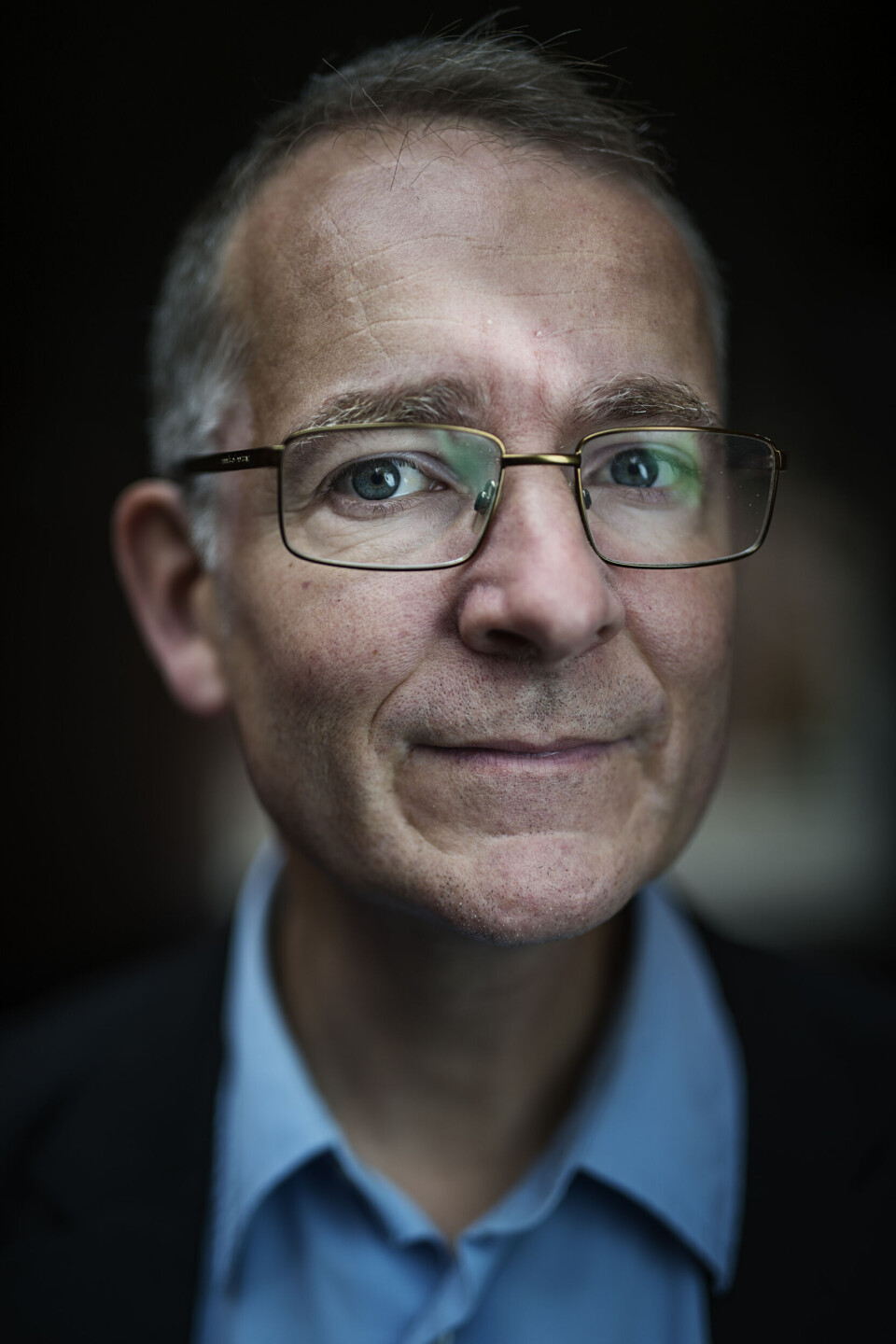
Do you think kids these days use a lot of drugs and alcohol? They're not the generation that partied the hardest
Young people's use of alcohol and narcotics peaked in a very specific decade.
Should we worry about the drug and alcohol habits of today's youth?
To approach an answer, we need to look back at what young people did before. Researcher Anders Bakken has done this.
Most viewed
He has looked at figures from his own and others' surveys among youth in Norway’s capital Oslo since 1968. The data is taken from Ungdata surveys, but also from what used to be called the National Institute for Alcohol Research and the National Institute for Drug Research. The latter is now incorporated into the Norwegian Institute of Public Health.
The data is based on what youth in their mid to late teens report about their use of drugs.
It turns out that all drug use, including alcohol, reached a peak almost at the same time in history. And it is still a small mystery what exactly happened then.
Down, up, and then down again
“Looking at alcohol and drug use of youth over a 50-year perspective, it’s the 90s that stand out,” Bakken says.
During that decade, the use of all the drugs included in the survey, namely cocaine, amphetamines, ecstasy, cannabis, and alcohol, increased.
After 2000, all use goes down again.
“We see a pretty clear decline in the first 10–15 years after the millennium. Alcohol use has remained stable until today,” Anders Bakken says.
What does this mean?
So what happened in the 1990s?
It’s still a bit of a mystery to researchers. It wasn't just in Norway that this happened, the figures showed the same trend in other countries.
“Trying to explain this is complicated,” Bakken says. “And very complex.”
Both Norwegian and international researchers have tried, and there are several theories.
Some thought the increase in use was due to it being easier to obtain drugs. It was also claimed that attitudes towards drugs changed and there was greater acceptance of trying different substances.
“One perception was that drug use went from being a risk factor to it being completely normal for young people to start using drugs,” Bakken says.
Rap and hip hop
Others linked the use to new, music-based youth cultures that had a major impact in general culture. One of these was hip hop and gangster rap, according to Bakken.
“Here, much of the culture is characterised by dope, violence, and misogynistic attitudes,” he says.
Rave parties and house music were also associated with higher drug use.
Society in the 90s became more open than before. The NRK monopoly disappeared, and young people gained access to all the world's TV channels, including MTV.
“Globalisation accelerated in a way that had not been seen before,” Bakken says.

The special 90s
As a youth researcher in the 90s, Anders Bakken sees drug use in the context of what it was like to be young at that time.
“Drug use had in many ways been a way for young people to break norms and rules, as a kind of comment on adult society,” he says.
“For example, standing and smoking in front of adults was a strong symbol. It showed oppositional behaviour.”
The relationship with parents became a mystery
Bakken is puzzled by the transformation in the relationship between youth and their parents during this specific period.
“While drug use in the 80s was viewed as a sign of breaking away from parents, by the end of the 90s, young people increasingly became friends with their parents,” he says.
“Adults started dressing like teenagers and often listened to the same music.”
The relationship between youth and parents thus became closer.
So, why did drug and alcohol use increase at the same time that young people developed closer relationships with their parents, when previously, substance use had been a way to rebel against adults?

This remains a bit of a mystery, according to Bakken.
Why did the youth stop?
Thus, those born around 1980 were the ones who consumed the most alcohol,
It is therefore those born around 1980 who drank the most alcohol, smoked hashish, and had experience with substances like amphetamines, ecstasy, and cocaine.
But why did the use decrease after the millennium?
Bakken suggests that the key reason is that young people found their own rooms to be a more appealing place to spend time than going out in the evenings.
Bakken believes the main explanation is that the ‘youth’s room’ became a much more appealing place for young people to spend time than going out in the evenings.
“In the first decade after the turn of the millennium, young people had mobile phones, but these were not smartphones. Most of them had a big, bulky PC in their room that they could use to surf the internet. Although cellular network existed, it was slow and costly, so if they wanted to browse the internet and chat, youths typically had to stay at home,” Bakken says.
Therefore, far fewer youth spent time outdoors with other teenagers.
“This is the biggest change we have seen in this period,” Bakken says.
Teenagers became proper
Bakken and his colleagues also observed a so-called propriety trend after the turn of the millenium.
“In the 2000s, it became trendier to be proper,” he says. “We see some of the same trends today.”
However, there is a noticeable change in the use of cocaine in Oslo.
Cocaine is on the rise again
When it comes to cocaine, researchers have data from 1987 to today. These figures follow the same trend as the other drugs: an increase around the turn of the millennium and then a decrease.
What is unique is that there is a resurgence happening at the moment.
The proportion who say they have used cocaine has almost tripled since 2018, according to the Ung i Oslo (Youth in Oslo) survey for 2023.
“We have to go all the way back to the early 1970s to see such a rapid increase in how many young people in their late teens have tried narcotics,” Bakken says.
———
Translated by Alette Bjordal Gjellesvik
Read the Norwegian version of this article on forskning.no





































